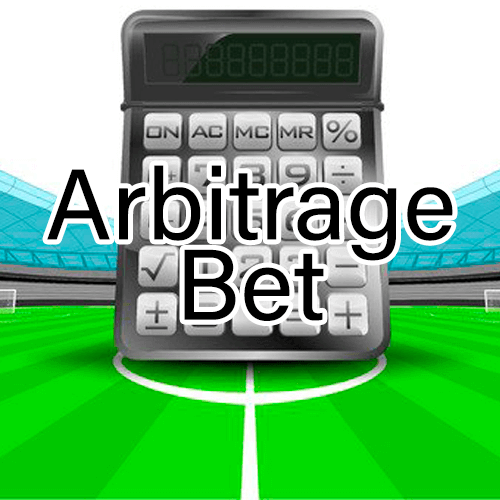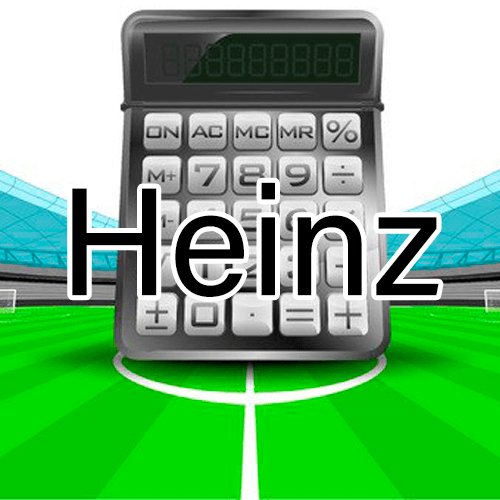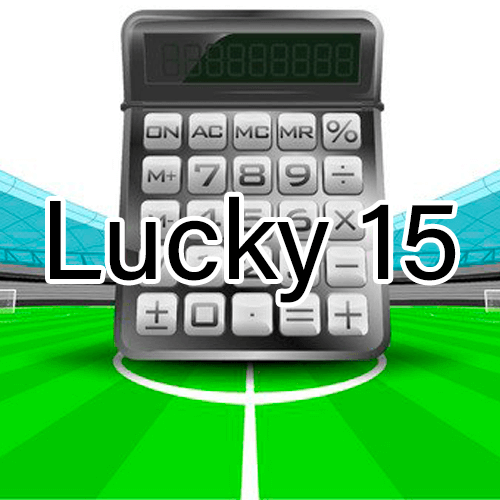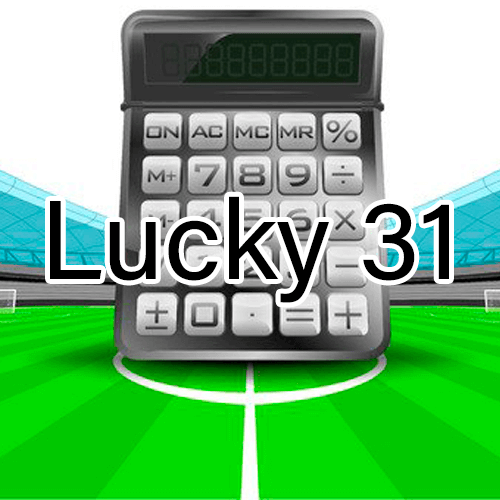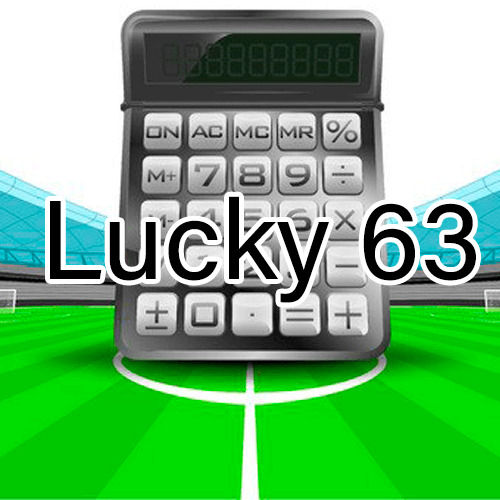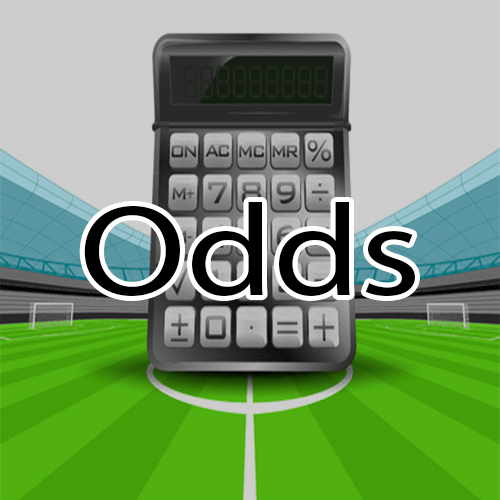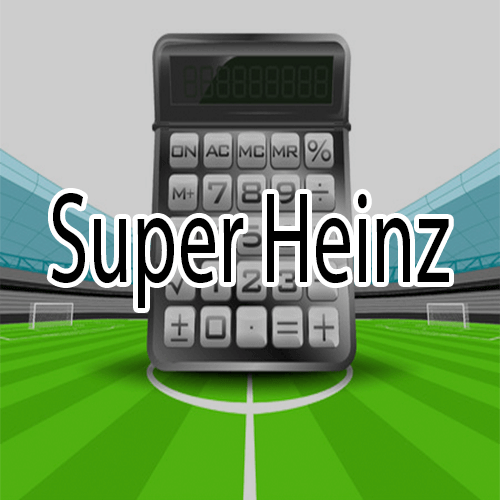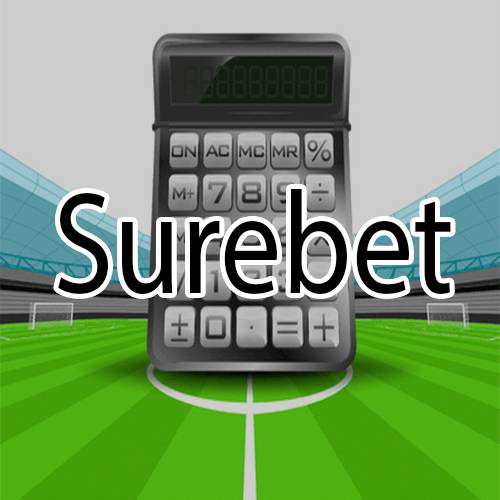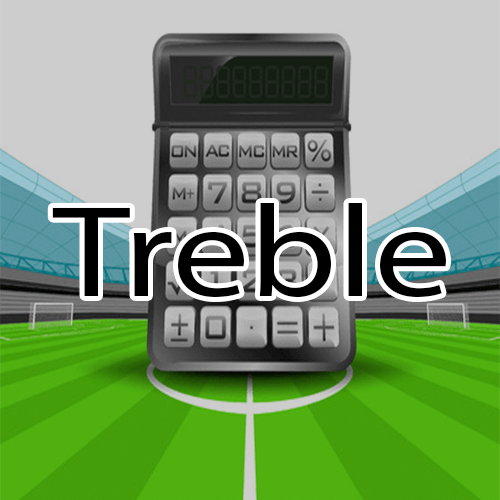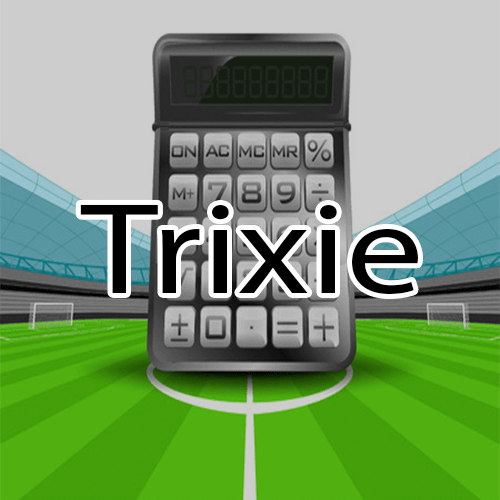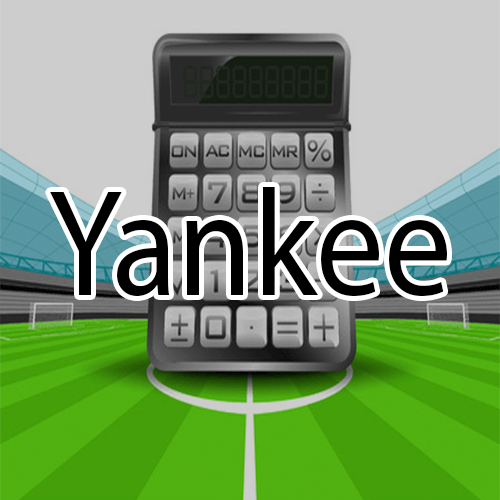The patent calculator has emerged as an indispensable instrument for both neophyte and seasoned gamblers, particularly those engaging in diverse bet permutations. The intricate interweaving of bets within a patent bet, which involves a limited number of selections, may pose challenges in terms of calculating potential outcomes unless one possesses a comprehensive comprehension of the concept or has access to appropriate tools. This article explores the concept of a patent bet and examines the operational principles of a patent calculator.
What is a patent bet?
A patent bet can be defined as a particular type of combination bet encompassing three selections. The aforementioned collection of choices results in the placement of seven distinct wagers, comprising three individual bets, three pairs of wagers, and one trio of bets. This implies that in the event that only one of the selections emerges as a winner, the bettor will still obtain some form of profit.
- Singles: The eligibility conditions for individuals in a patent bet can be described as uncomplicated. Each of the three selections is independently subject to betting. In the event that any of the aforementioned choices emerge triumphant, a desirable outcome in terms of financial gains will be attained. This approach ensures a certain level of returns even in the case of failure of the other two alternatives.
- Doubles: The pairs in a patent bet comprise a concatenation of two choices. This signifies the existence of three potential dual wagers that can be placed based on a set of three selections, namely: the initial and subsequent, the initial and final, and the subsequent and final. In order for the bet to produce a financial gain, it is essential that both choices within each paired selection emerge as winners.
- Treble: The component denoted as the ’treble’ within a patent bet consists of the involvement of all three designated selections. In order for the treble to generate a profitable outcome, the successful outcome of all three selections is a requisite.
The patent bet offers a form of financial security for individuals engaging in betting activities, as it guarantees a payout even with just a single winning selection. This juxtaposition is evident when comparing contemporary accumulative wagers, as they do not necessitate every selection to emerge victorious in order for the bettor to yield any proceeds, which stands in stark divergence to the conventional accumulator bets.
How to work out a patent bet
Understanding the mechanics of a patent bet is crucial for bettors who wish to effectively calculate their potential returns. Let’s break down the process:
Singles:
In consideration of each of the three chosen options, it is imperative to compute the prospective return for every individual wager. This process can be accomplished through the implementation of the multiplication operation, whereby the initial investment is multiplied by the probability ratio associated with the particular choice. In the event of a favorable outcome in your selection, the return of your initial investment would also be assured.
As an illustration, when allocating a singular $10 wager on a particular choice with odds of 3/1, the prospective profit would amount to $10 multiplied by 3, thus yielding $30. Moreover, the initial stake of $10 would be included, resulting in a grand total of $40.
Doubles:
The calculation of returns is carried out for every feasible combination of two selections. One would calculate the product of the combined value, comprising the initial investment and the accrued earnings, by the probability of the subsequent choice in an academic approach.
In light of the aforementioned illustration, if the subsequent choice similarly exhibited odds of 3/1 and emerged victorious, the initial wager’s return ($40) would be employed as the stake for the subsequent bet. The product of multiplying $40 by 3 results in an amount of $120, which when combined with the initial $40, yields a cumulative return of $160 for the corresponding double.
Treble:
In order for a successful outcome to be achieved, it is imperative that all three selections emerge as victorious contenders in this context. One would subsequently utilize the proceeds acquired from the initial selection as the capital for the subsequent investment. Subsequently, the proceeds obtained from the second transaction are allocated as the initial investment for the third transaction. The ultimate sum denotes the aggregate profit gained from tripling the initial investment.
Continuing with the aforementioned illustration, in the event that the third selection shares the odds of 3/1 as well, the sum of $160 yielded from the second bet would be allotted to the third selection, resulting in a return of $160 multiplied by 3, which equals $480. Adding the initial $160 investment, the accumulative return sums up to $640.
To ascertain the cumulative potential return of the patent bet, it requires summing the individual returns derived from each of the seven constituent bets. It is important to note that one does not necessarily need all selections to emerge as winners in order to obtain a monetary payout. However, the greater the number of winning selections, the higher the resultant returns.
How many bets in a patent
A patent bet encompasses the placement of seven distinct wagers spread across three chosen options. Presented below is a comprehensive analysis:
- Three Singles:
- Three Doubles:
- One bet on the first and second selections combined.
- One bet on the first and third selections combined.
- One bet on the second and third selections combined.
- One Treble:
One bet combining all three selections.
This composition guarantees a payout to the bettor, even in the event that only one out of the three selections results in a win. The magnitude of returns increases with the increase in the number of successful selections, owing to the cumulative effect of doubles and treble combinations.
In conclusion, a patent bet presents a confluence of risk and potential gains that is attractive to a broad range of individuals engaging in betting activities. Through comprehensive comprehension of the methodologies employed to calculate prospective gains and astute acknowledgement of the encompassing attributes of the wagers placed, individuals engaging in betting activities can render informed judgments and optimize the efficacy of their betting endeavors.





